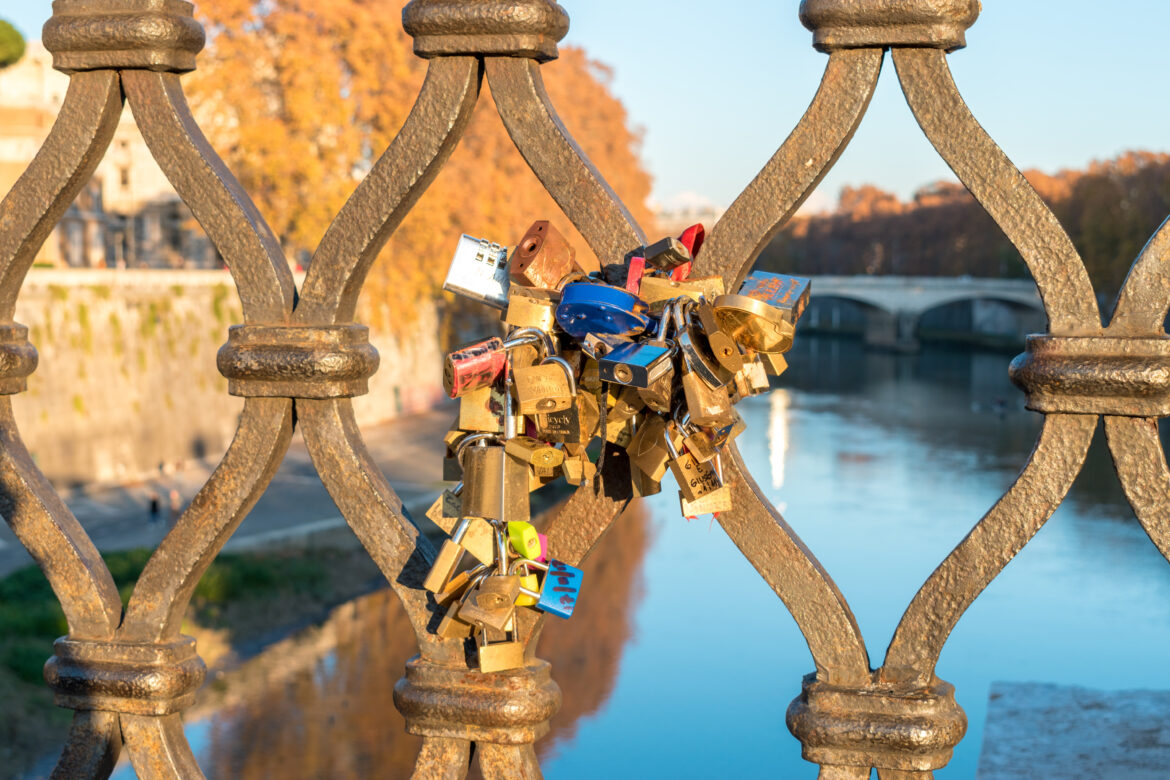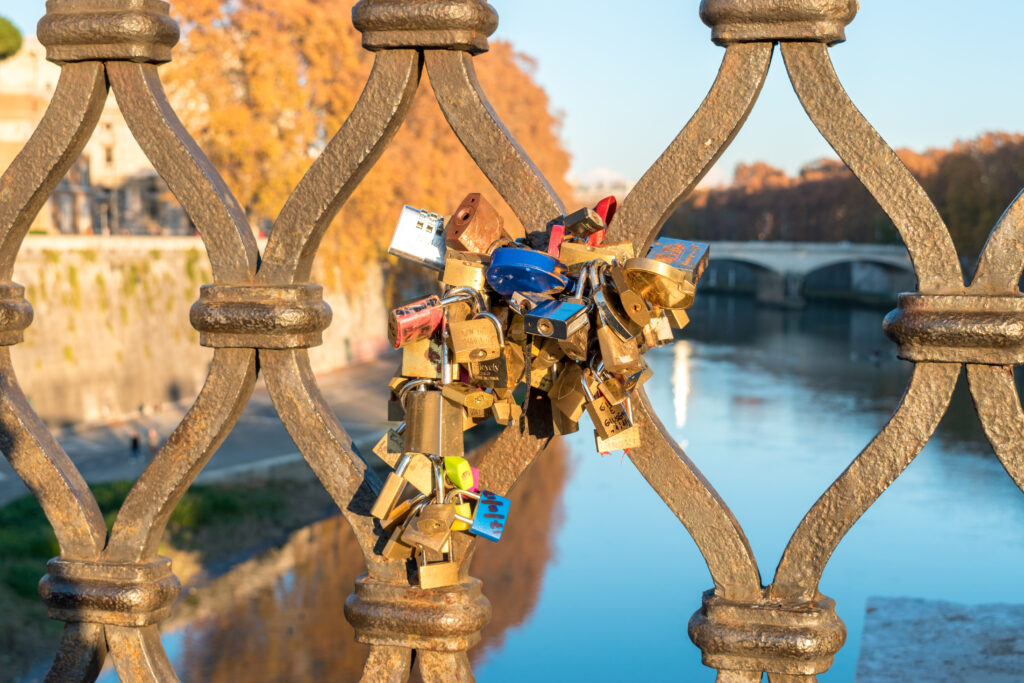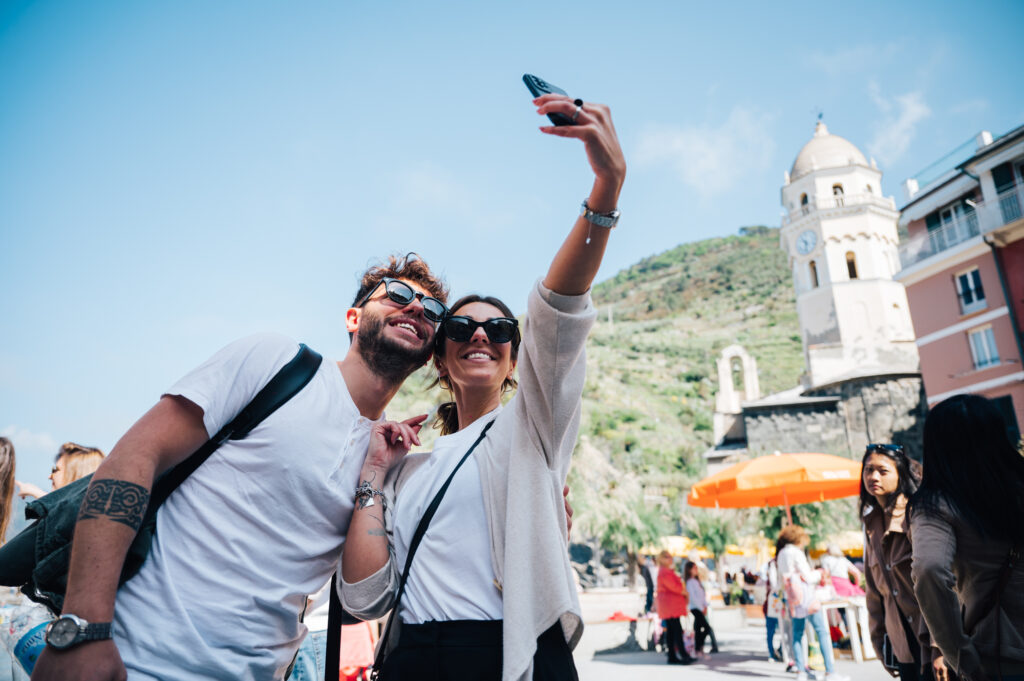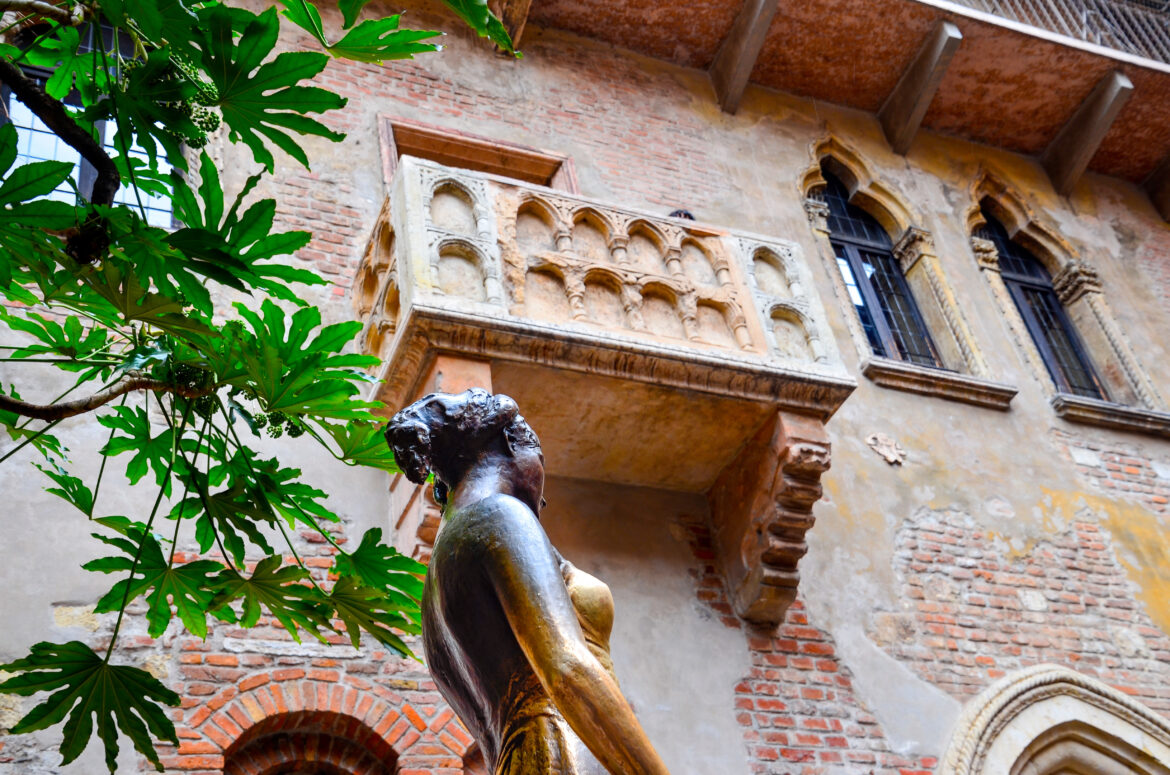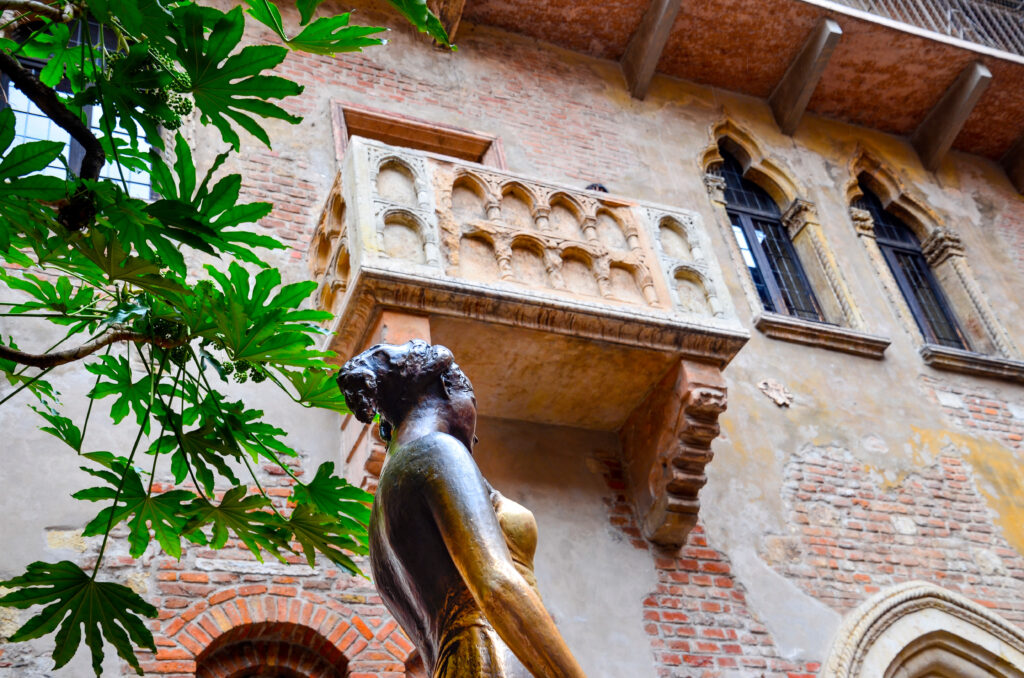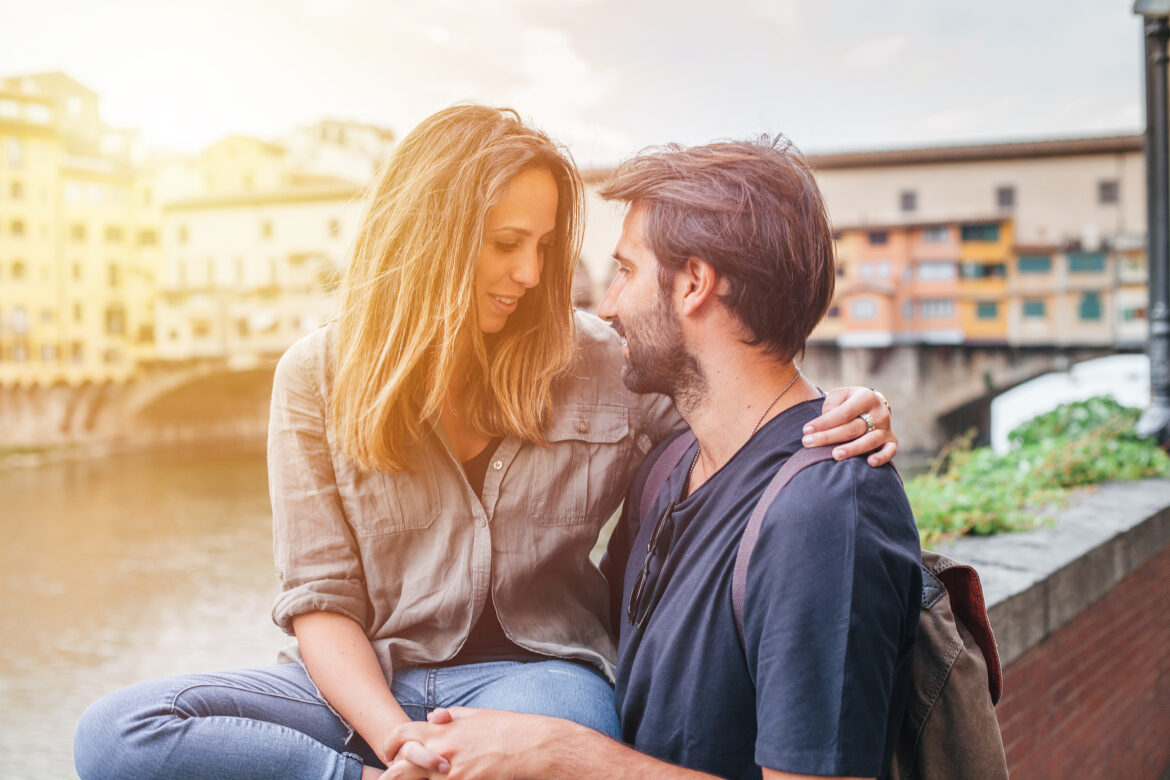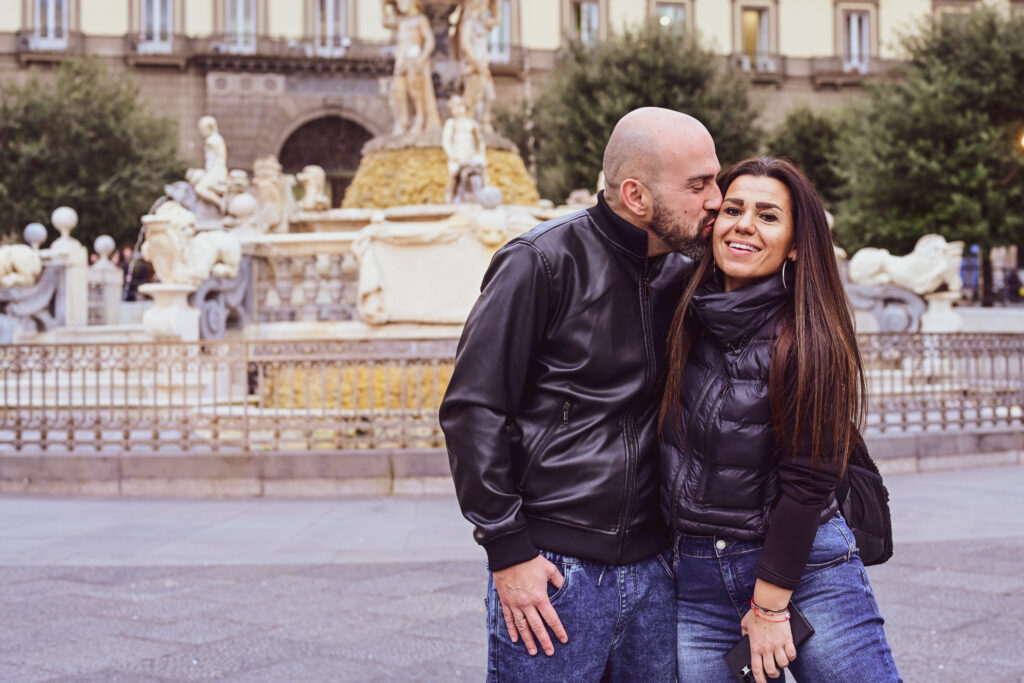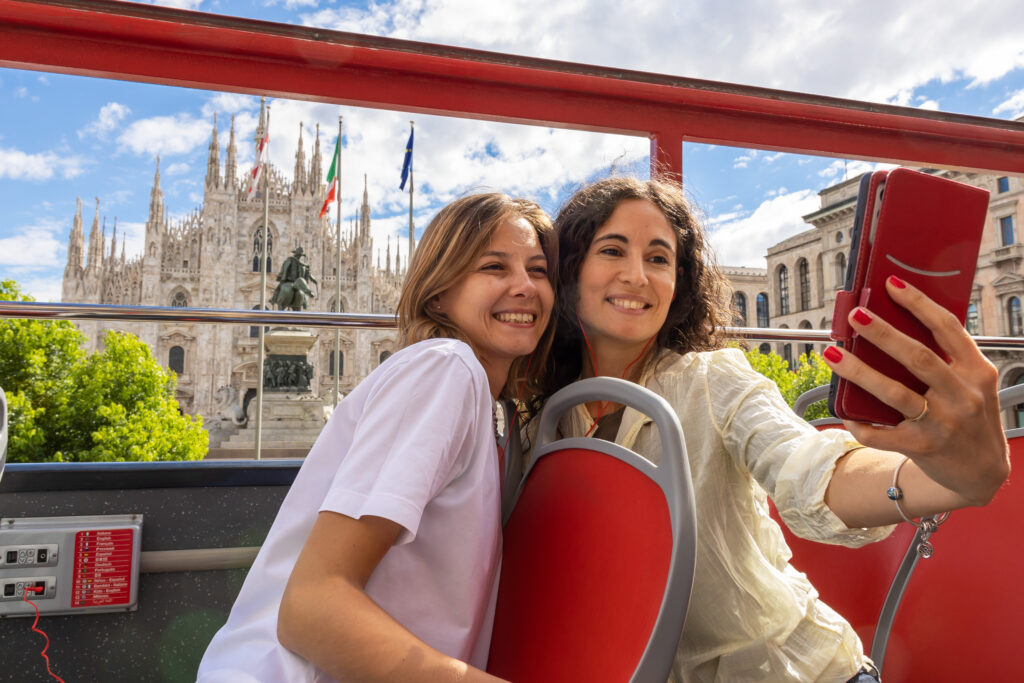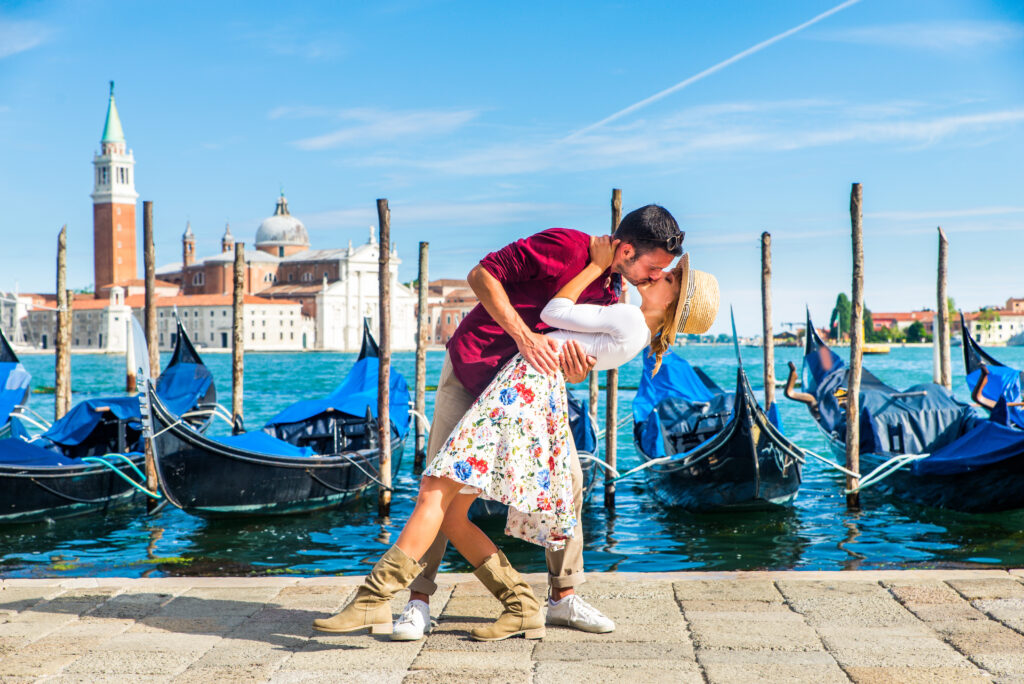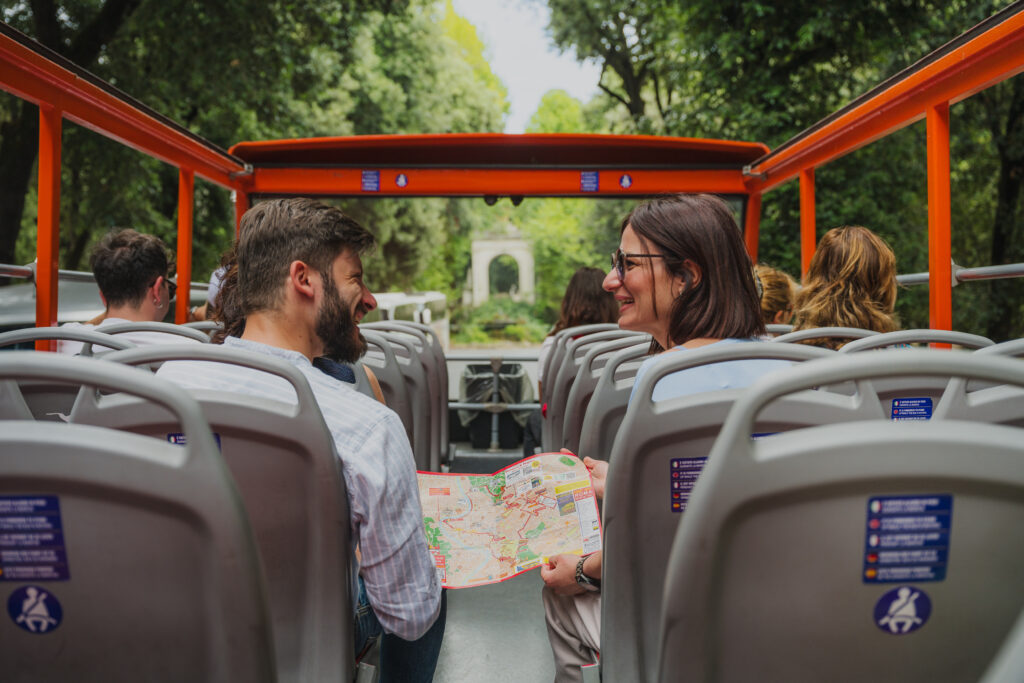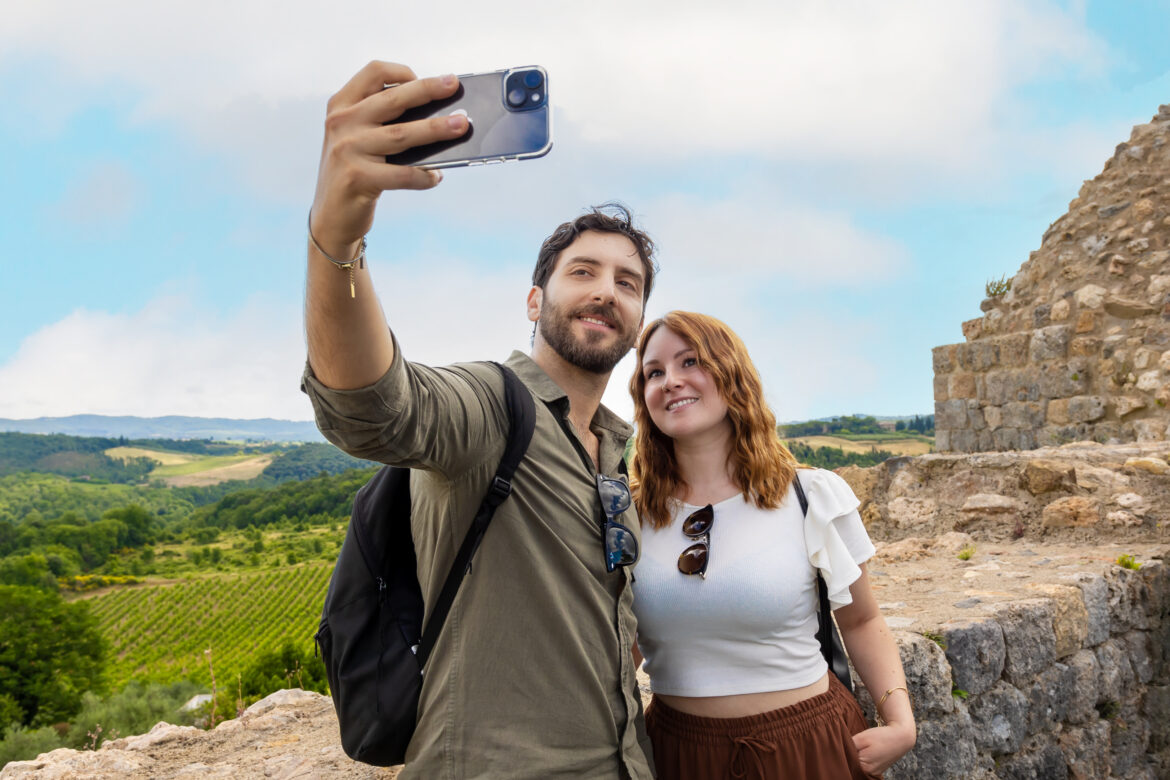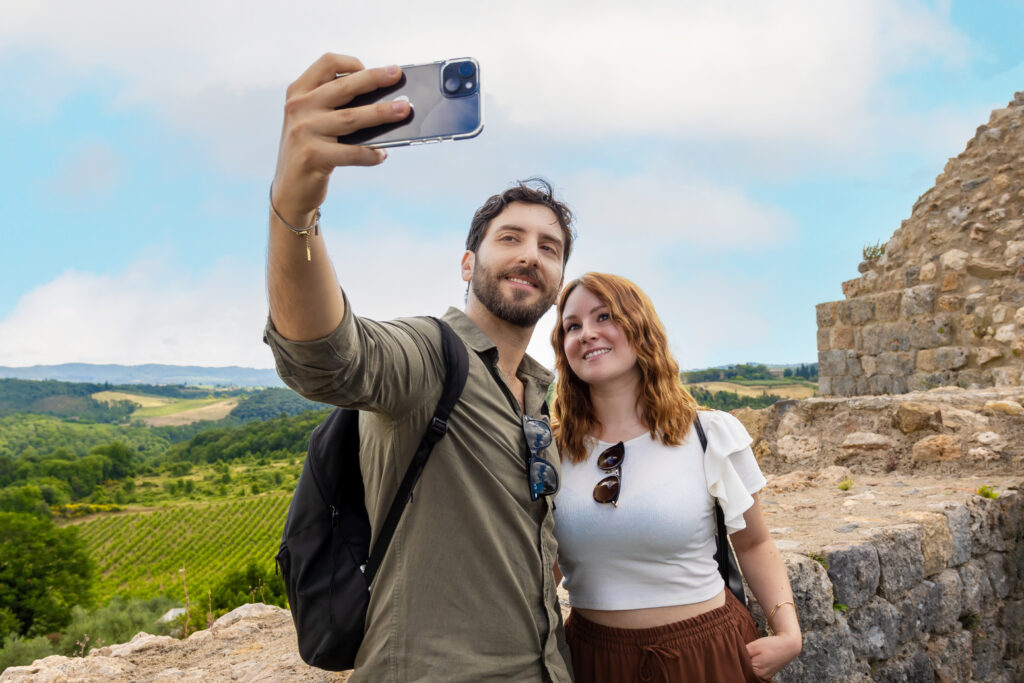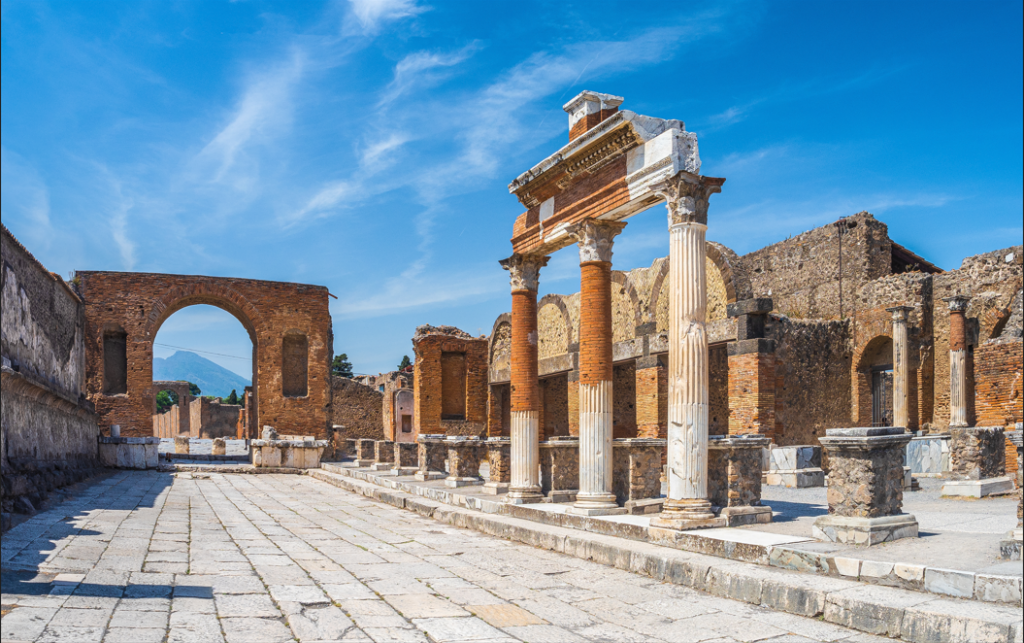Rita Levi-Montalcini, one of the most distinguished figures in the field of science, made groundbreaking contributions to the understanding of the human brain. Born in Turin, Italy, in 1909, her journey to becoming a Nobel laureate in Physiology or Medicine is a testament to her resilience, passion for knowledge, and dedication to improving the human condition.

Early Life and Education
Levi-Montalcini’s early life was marked by both personal and societal challenges. Raised in a middle-class Jewish family, she initially faced resistance from her father, who wanted her to become a teacher rather than pursue her academic ambitions. However, Rita’s determination led her to study medicine at the University of Turin, where she graduated in 1936. In an era where women were often discouraged from pursuing scientific careers, Rita’s persistence was nothing short of remarkable.
Research and Major Discoveries
In the 1940s, the political climate in Italy became increasingly hostile due to the rise of fascism. As a result of the racial laws imposed by the regime, Levi-Montalcini was forced to leave her academic post. Undeterred, she set up a makeshift laboratory in her home, continuing her research on the development of the nervous system. During this period, she made one of her most significant discoveries, the identification of nerve growth factor (NGF), a protein that plays a crucial role in the growth, maintenance, and survival of nerve cells.
Nobel Prize and Later Years
In 1986, Rita Levi-Montalcini was awarded the Nobel Prize in Physiology or Medicine, sharing the honor with Stanley Cohen, for their discovery of NGF. Her work not only revolutionized neuroscience but also opened new avenues for the treatment of neurodegenerative diseases such as Alzheimer’s and Parkinson’s.
Advocacy for Women and Human Rights
Beyond her scientific achievements, Levi-Montalcini was also a passionate advocate for human rights and women’s empowerment. She served as a senator for life in the Italian Parliament, where she worked tirelessly to promote scientific research and women’s participation in science and politics. Her life and career remain an inspiration to women around the world, demonstrating that with determination and intellect, barriers can be overcome.
Exploring Turin and Rita Levi-Montalcini’s legacy
For those interested in exploring the legacy of this extraordinary woman, the city of Turin offers a wealth of historical and cultural significance. The birthplace of Rita Levi-Montalcini, Turin is home to a number of landmarks and institutions that tell the story of her life and work. One of the best ways to explore this beautiful city is by taking the City Sightseeing Italy Hop-On Hop-Off Bus. This convenient tour allows you to visit key sites, such as the Mole Antonelliana, the Royal Palace of Turin, and the Museum of Egyptian Antiquities, while also learning about the historical context that shaped figures like Levi-Montalcini.
The bus service gives you the freedom to explore at your own pace, and you can easily stop by the University of Turin, where Rita first began her academic journey, or visit local museums that highlight Italy’s rich scientific and cultural history. With the hop-on hop-off convenience, you can immerse yourself in the atmosphere of the city where Levi-Montalcini’s passion for science was born.
Rita Levi-Montalcini’s legacy continues to inspire generations of scientists, particularly women, to pursue their passions and challenge the status quo. Her life is a powerful reminder of the impact one individual can have on the world, and visiting her hometown of Turin offers a unique opportunity to reflect on her monumental contributions to science and society.


